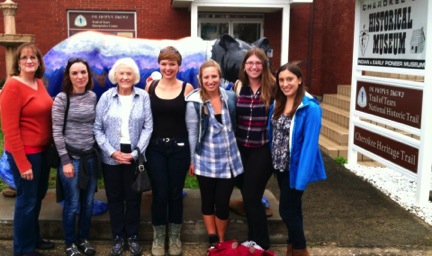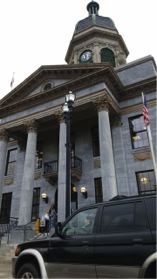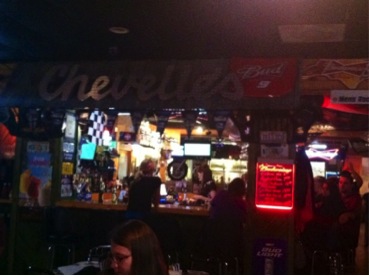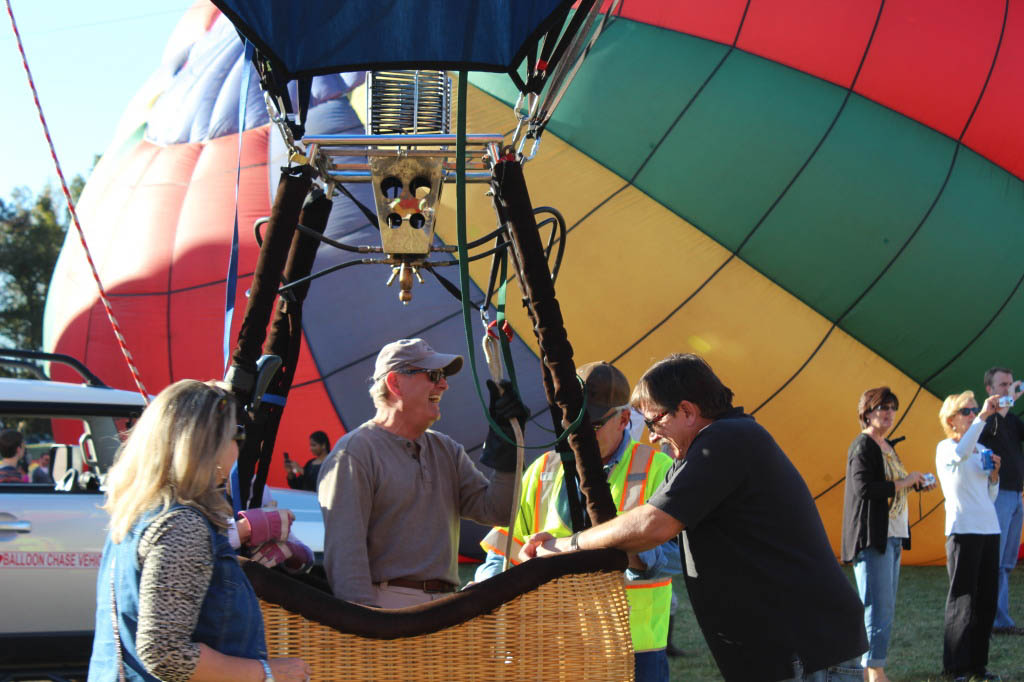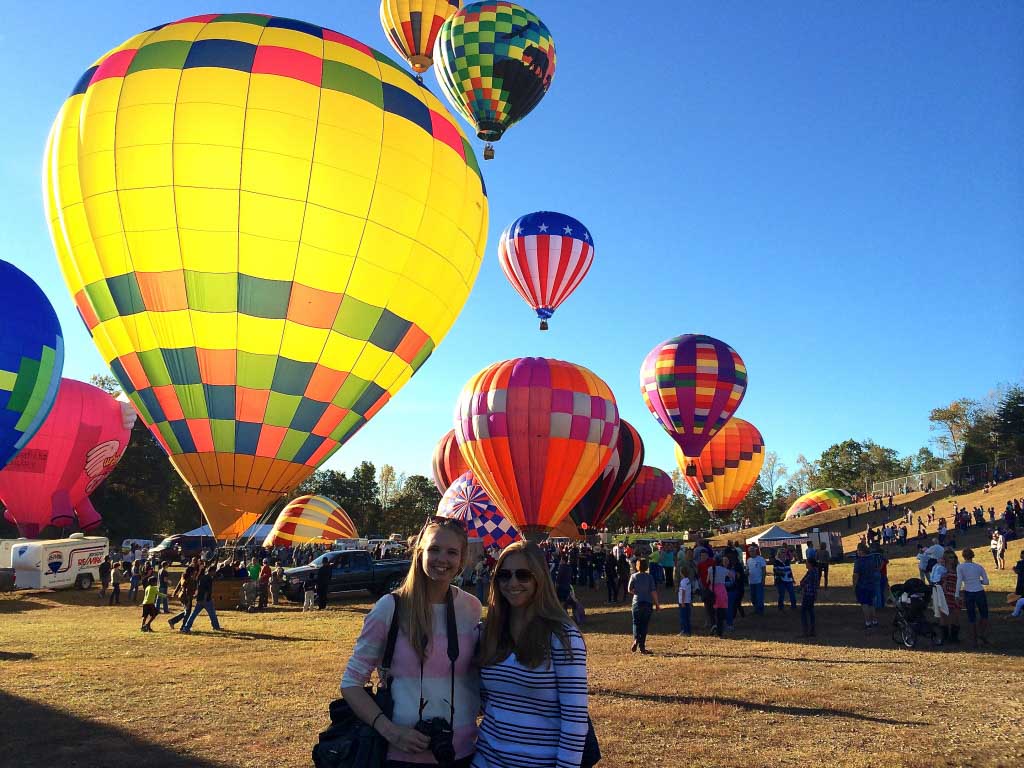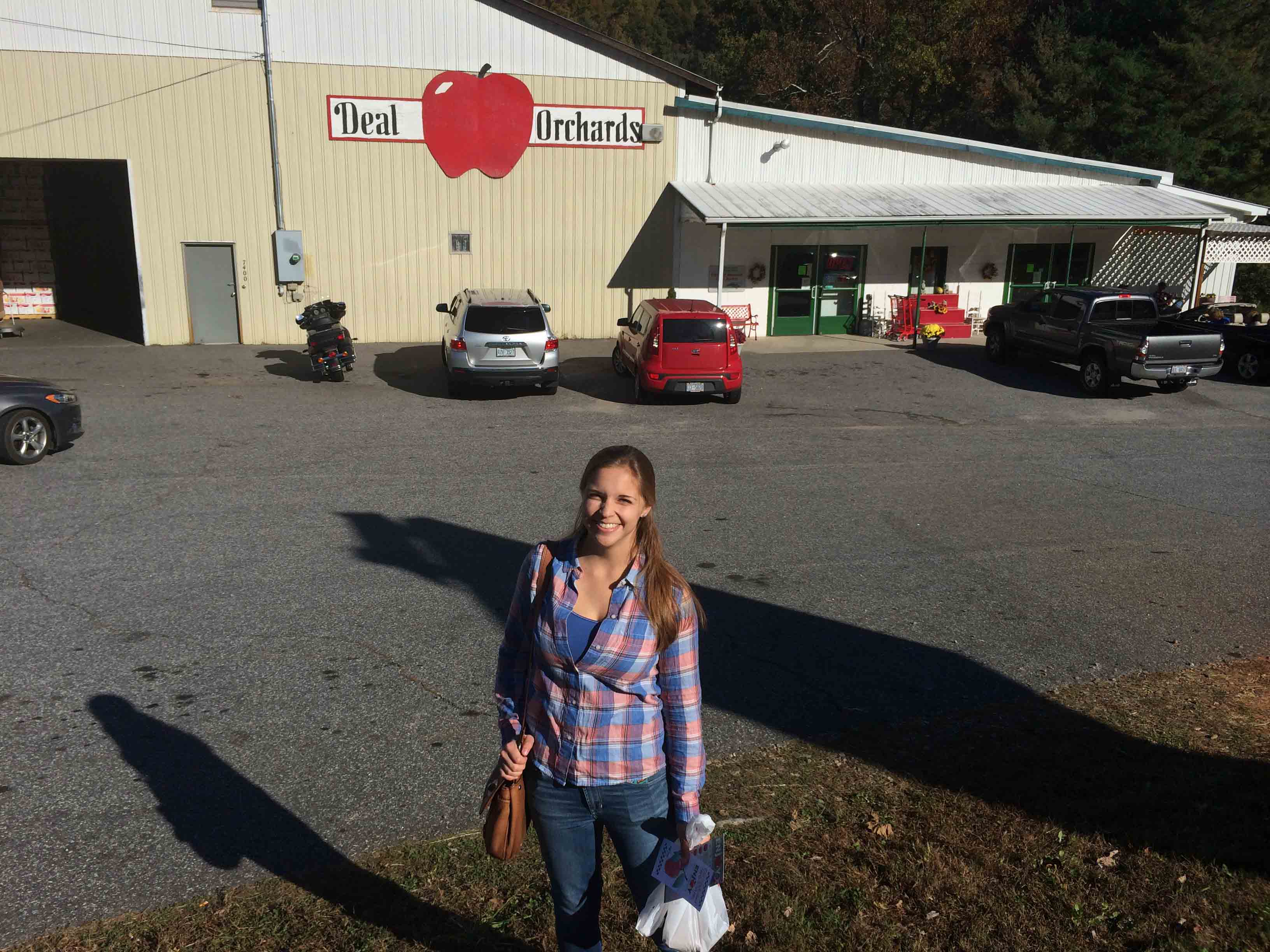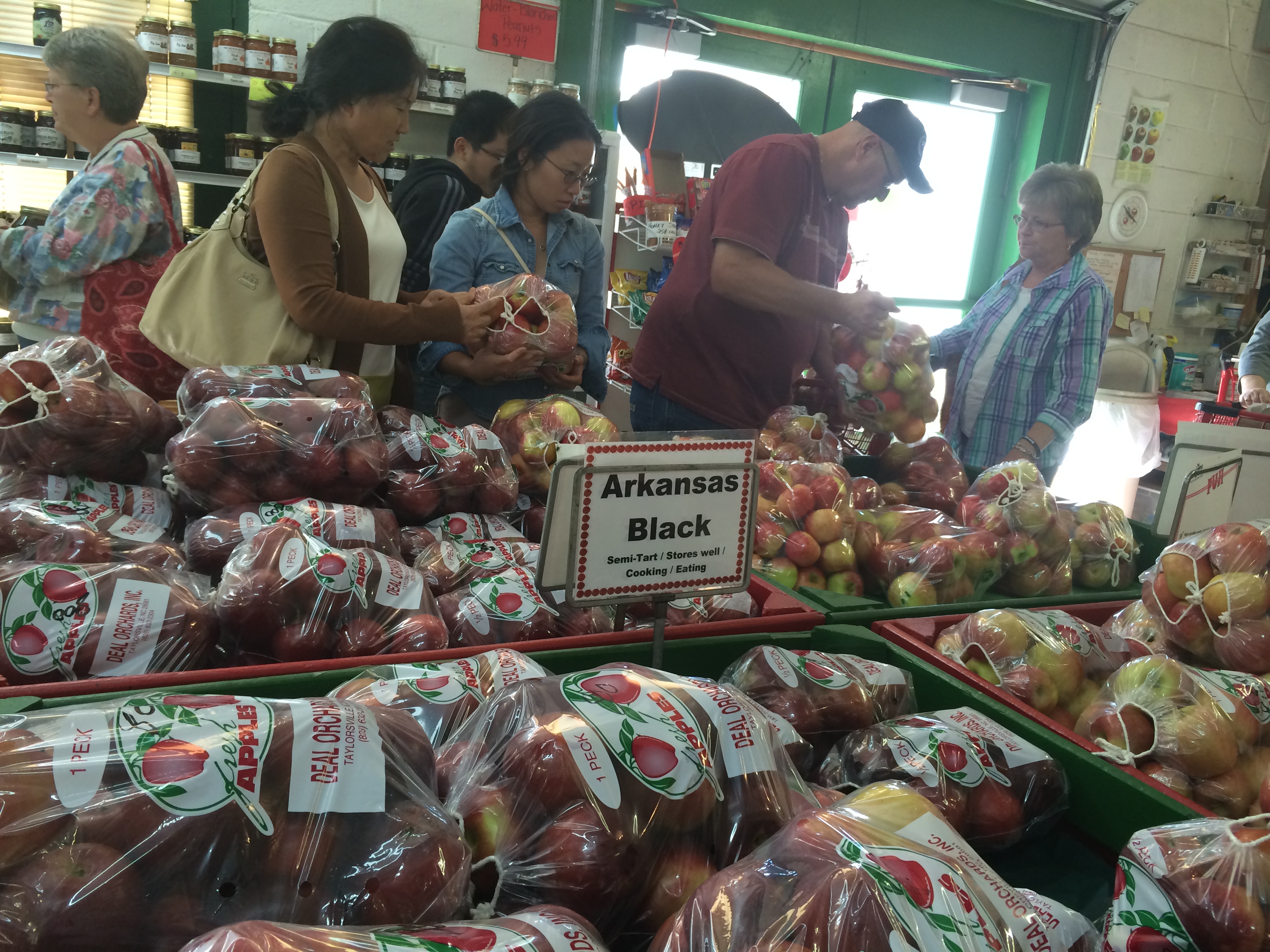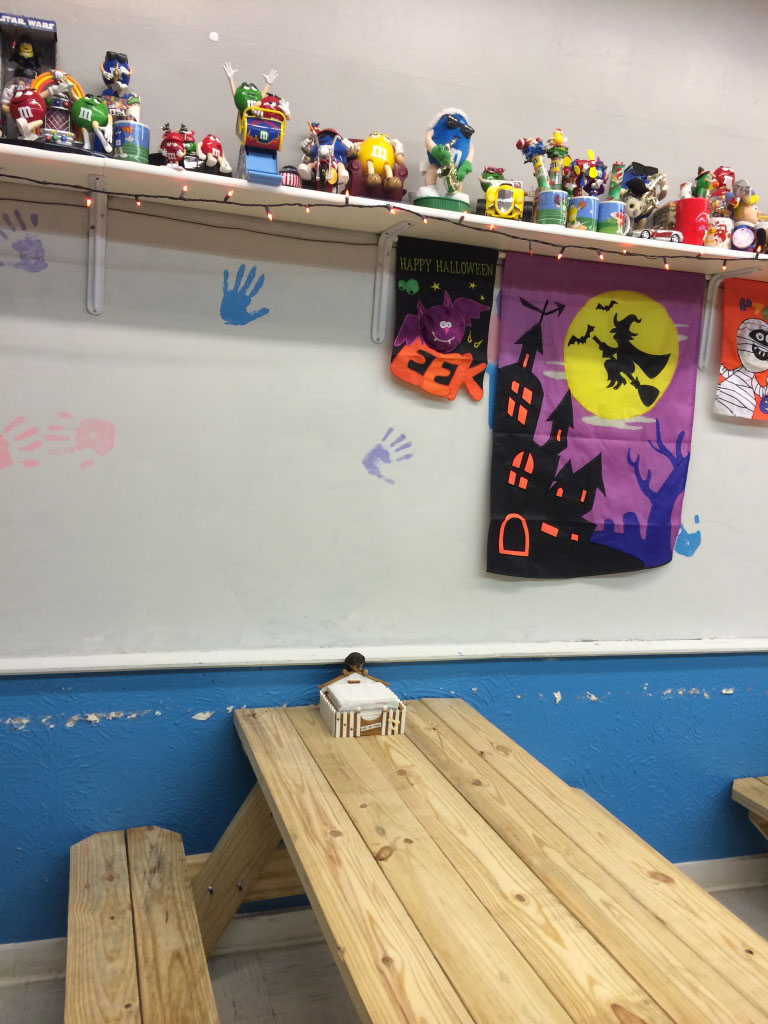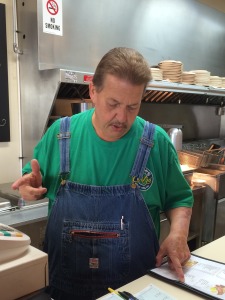By Eliza Williams – 2014
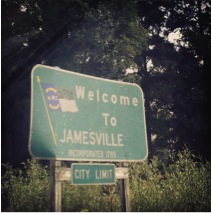
“I never actually wanted to be mayor,” he states as we sit inside Jamesville’s Town Hall. Taylor and I are across the table from Mayor Bradley Davis, asking him questions about his role with the town and how it has developed over the years. Shockingly enough, he explains that he was coerced into the job by a group of townspeople who witnessed his devotion to the town during his early morning walks, when he would gather pieces of trash lying on the ground. Perhaps, he admits, it was the work of one elderly woman who began calling around the Water Tower Town (yes, I am referring to Scotty McCreery’s country anthem) in order to get people to vote for him – despite his name not even appearing on the ballot.
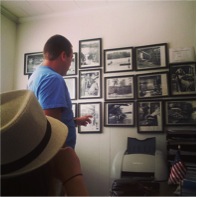
Upon getting off the “new” Highway 64 and entering Jamesville’s City Limits, Taylor and I followed our dependable GPS’s directions (honestly, what would we do without it?) and were surprised to find ourselves parked in front of a one-story brick building with the words “JAMESVILLE TOWN HALL” printed in white block letters on the front window. About a week or so prior to our NC road trip, I found Mayor Davis’ number on the town’s website and gave him a ring to see if he would be open to us interviewing him when we came to Jamesville. Given the hospitable southern culture in this state, the mayor graciously offered to meet us at the town hall. So, here we were. Unsure of what to expect, Taylor opened the door as I followed behind, notebook in hand and ready to write. A friendly voice greeted us before we were even through the front door and instructed us to “come on in!” We shook hands with the mayor, much younger than what I was expecting, and took a seat opposite him at the main desk.
We sat casually for a half hour or so, during which time we asked questions regarding the history and Highway 64’s impact on this small town along the Roanoke River. Similar to what we had heard from other interviewee’s in towns along the Roanoke, many of the benefits that Jamesville has seen came from being located right on the river. Thus, shipping and transportation to other towns were made exponentially easier. Another staple event for years was the Herring Festival, a fishing tournament and festival brought about by the abundance of herring in the river. Unfortunately the festival does not happen on the same scale anymore due to the overfishing of the species. After giving us a tour of the town hall building and giving us some more information on his duties, Mayor Davis wandered into a back room and, shortly thereafter, presented us with a manila envelope on which he had scribbled, “Herring Festival, 1949.” It wasn’t until getting in the car and driving away from this charming, riverside town that I had the opportunity to discover the time capsule of information that was contained inside.
Upon completion of the tour and receiving this generous gift, Mayor Davis pointed to his SUV parked out front next to Taylor’s Mazda and joyfully exclaimed, “Why don’t you hop in my truck and I’ll give y’all a tour of the town?” I’m pretty sure that he could read the excitement on our faces! For two students travelling to several places that we had never been to (or really heard anything about), this was the best gift we could have possibly received. We climbed up into his truck, backed out of the spot in front of town hall and rolled down Water Street, what used to be the main street in Jamesville prior to the fishing industry dying out.

Among the notable sites Mayor Davis pointed out to us were the Cypress Grille and River’s Edge restaurants, Weyerhauser & Domtar Paper Mill, Jamesville Middle School, and the newly implemented “NERSBA” school focused on educating students in the fields of biotechnology and agroscience. Two locations that truly captivated my mind were the oldest standing Civil War house, thought not to have been burned down by Union soldiers when they captured the town because the inhabitants at the time were secretly supporters of the Union, and the old African American-only church, which has since been converted and is still in use today. Mayor Davis’ tour provided Taylor and I with much more information about Jamesville and its history than we would have been able to gather independently and for that, we are forever grateful.
We ended our time in Jamesville with a stop down to the docks by the river. Keeping up with the times, Mayor Davis asked to take a picture of Taylor and I for the town’s Facebook page – naturally, we eagerly agreed. Being the mayor of a town with a small population has many perks – one of which being the ability to know your residents on a personal level. The mayor demonstrated this throughout the afternoon by stopping and rolling down his window to greet a passerby or with a jovial wave to someone in a passing car. Not much to our surprise, he was quick to converse with two little boys fishing off the docks that afternoon. Kindly enough, he introduced us to the boys, Noah and Colby. Their thick southern accents rolled off their tongue with each word smoother than butter. What an afterschool activity, I couldn’t help but think to myself. A few feet away from the two boys was an older man plopped comfortably in a foldable chair with a fishing pole between his palms and a crate placed next to him. He energetically waved us over. We approached him and introduced ourselves, following which he gave us an overarching life lesson about doing good work and praising God for what we are given in this life. He asked us if we accepted Jesus; having come from a Catholic family and attending a Catholic middle school, and Taylor being a Young Life leader, religion is one thing that is important to both of us. Uncertain of how we should approach this conversation, we said yes, with some hesitation. “Grace is what it’s all about,” I recall his deep and soothing voice proclaiming. After giving us some advice on how we can worship God and give thanks for all that we have been blessed with, he followed up a second time with the question, “have you accepted Jesus Christ as your savior?” To which we responded with a fervent, “YES!” His wicked laugh bellowed and a smile of joy spread across his wrinkled face. Taylor and I shared a glimpse and I couldn’t resist thinking that this was something we could only find in the South. Somehow, we had been blessed.
The mayor brought us back to town hall, where we exchanged contact information and planned to keep in touch in the future. Taylor hopped in the car, turned up the Country station, and merged back onto Highway 64 en route to discover our next town. As we pulled out of town, I began to open the manila envelope we had received as a gift, in which I was astounded to find black and white pictures from the 1949 Herring Festival with a detailed description and information on every person pictured. You know, I have seen first-hand how something so small can impact me in such a great way through several instances in my life; and this is absolutely one of them. And mayor, if you’re reading this, I hope you were serious about us coming back to Jamesville in the spring and riding down the Roanoke on your boat because that is definitely number one on my list of things to do before graduation.


